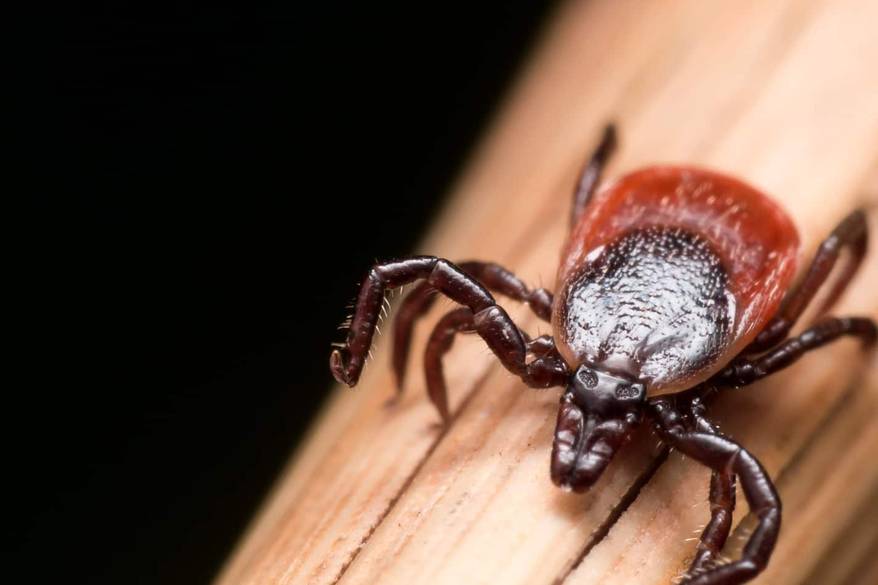
-
Find the right food for your petTake this quiz to see which food may be the best for your furry friend.Find the right food for your petTake this quiz to see which food may be the best for your furry friend.Featured products
 Adult Chicken & Barley Recipe Dog Food
Adult Chicken & Barley Recipe Dog FoodSupports lean muscle and beautiful coat for adult dogs
Shop Now Puppy Large Breed Chicken & Brown Rice Recipe
Puppy Large Breed Chicken & Brown Rice RecipeVital nutrients to support 5 essential building blocks for lifelong health
Shop Now Puppy Sensitive Stomach & Skin Salmon & Brown Rice Recipe
Puppy Sensitive Stomach & Skin Salmon & Brown Rice RecipeDelicious, highly digestible recipe, gentle on stomachs. Nourishes skin & promotes a lustrous coat
Shop NowFeatured products Adult 7+ Chicken Recipe Cat Food
Adult 7+ Chicken Recipe Cat FoodSupports energy level and beautiful fur in mature cats
Shop Now Adult Urinary Hairball Control Chicken & Rice Recipe Cat Food
Adult Urinary Hairball Control Chicken & Rice Recipe Cat FoodActively supports the health of the whole urinary system
Shop Now Kitten Chicken Recipe
Kitten Chicken RecipeVital nutrients to support 5 essential building blocks for lifelong health
Shop Now -
Dog
- Dog Tips & Articles
-
Health Category
- Weight
- Food & Environmental Sensitivities
- Urinary
- Digestive
- Joint
- Kidney
-
Life Stage
- Puppy Nutrition
- Adult Nutrition
- Senior Nutrition
Cat- Cat Tips & Articles
-
Health Category
- Weight
- Skin & Food Sensitivities
- Urinary
- Digestive
- Kidney
-
Life Stage
- Kitten Nutrition
- Adult Nutrition
Featured articles Water
WaterDiscover why water is the most important nutrient for your dog or cat to live a healthy life. Find out how much water your pet should consume each day.
Read More The Incredible Science Behind Your Pet's Microbiome
The Incredible Science Behind Your Pet's MicrobiomeLearn what a pet's microbiome is, how it contributes to your pet's gut & overall health, and why nutrition is important in maintaining healthy microbiomes.
Read More Pet Food Storage Tips
Pet Food Storage TipsDiscover how and where to store your dry, as well as canned, dog and cat food. Learn how to find the "best before" dates on all Hill's pet food packaging.
Read More -


Your cat may not look sick — but is she? Feline bartonella is a flea- and tick-borne illness that cats can pick up from grooming or staying at a shelter or boarder. Cats often show no symptoms in the early stages of the illness, so it's important to ask your veterinarian for a test. If your cat is strictly an indoor cat, her chances of developing bartonella or "cat scratch fever" (as it is often nicknamed) are low, but you should still be aware of the risks.
How Is Feline Bartonella Transmitted?
Is cat scratch fever real? Yes, but it's only a nickname for one variety of bartonella, a condition caused by a bacterium found in flea and tick feces. Up to 20 percent of cats with no risk factors still have the disease, according to the National Veterinary Laboratory. If you live in a hot, humid climate, your pet is more at risk. Cats contract bartonella primarily when flea feces are present on their fur or skin and they lick up the debris and bacteria while grooming.
The bacteria can also be transmitted through ticks. It's easy to bring these tiny bloodsuckers into your house if you live near a wooded area or have a dog that loves barging through bushes and tall grass. If humans or other animals unknowingly bring ticks in the house, even an indoor cat could be at risk for bartonella. Pet parents should be checking their pets for signs of fleas, flea bites, and ticks on a regular basis. Even with constant checks, you may not find tiny fleas, so also watch for excessive scratching or red marks. Since many cats that get this disease will show no symptoms for weeks or even months, it's important to ask your vet for a blood test to find out if your pet needs to be treated if you find fleas or ticks in your home.
If your cat has recently been boarded or outside the home, it may be a good idea to have your vet perform the blood test as a precaution, even if your cat seems perfectly healthy. Many vets recommend the blood test as part of adopting a stray or a new kitty from a shelter.

What Are the Symptoms?
Cats can carry the bacteria in their systems for months without any symptoms, so if your pet starts to show signs of swollen glands, lethargy, or sore muscles, you definitely want to get her to the vet. Most cats are treated with a round of antibiotics, go back for a follow-up test a few months later, and exhibit no further problems. Fortunately, bartonella is not a deadly disease, but it is still one that pet parents should be aware of and know how to prevent.


Tasty Tips
Can People Get Cat Scratch Fever?
The name of feline bartonella may lead you to believe that only cats can get it, but the rest of the family is also vulnerable. Unfortunately, bartonella is a zoonotic disease, meaning it can be transmitted from cats to humans by scratching, biting or petting. The Centers for Disease Control recommends that immunocompromised people, such as young children or the elderly, avoid playing with young cats, because these humans are more likely to contract the disease. However, all cats can carry feline bartonella, so if someone who lives in your home has a sensitive immune system, they should be cautious around possibly infected cats. Dogs don't groom themselves like cats do and are at less of a risk, but they can still contract this illness from their furry sibling or pick up diseased ticks independently.
If anyone in your home is scratched or bitten by a cat, make sure they wash the area immediately and keep it clean. The name "cat scratch fever" or "cat scratch disease" can help you remember that the disease can be transferred from any broken skin. If a scratch turns red and swollen, seek medical attention.
This disease can still be transmitted without a bite or scratch. If you or someone in your house has any of these symptoms, they should talk to their physician and consider being tested for feline bartonella or any other strand of bartonella that may be common to your area:
- Fever
- Fatigue
- Headache
- Poor appetite
- Tremors
- Swollen glands or "stretch marks" on your skin
You don't have to have all these symptoms to consider being tested for a tick-borne illness. If your test does return a positive result, the good news is that this disease is not typically dangerous to humans, but it may require antibiotic treatment.
One other thing to remember is that if your cat has tested positive for feline bartonella (and doesn't bite or scratch you), it's important to wash your hands and be cautious about petting your cat until they are completely CSD-free!
How Do You Care for a Sick Cat?
If your cat tests positive for feline bartonella and has to go on antibiotics, you may find that administering medication and dealing with a cranky kitty can be a bit overwhelming. Here are some tips to help the treatment process go as smoothly as possible:
- If your cat is taking antibiotics in pill form, follow each pill up with a treat. If your vet allows it, you can even crush it up in a pinch of wet food to make a tasty meatball.
- Pick a time of the day that your cat is usually calm and quiet to administer the medication.
- Allow your cat to have a room to herself, away from children and other pets, until she is feeling better.
- Find time for extra one-on-one time with or near your cat. If she wants to be cuddled, you can pet her; just be sure to wash your hands afterward.
- Be patient with your cat and realize her crankiness is only temporary.
- When your cat finishes the round of medicine and regains some energy, reward her with more play and attention to strengthen your bond.
Feline bartonella may cause some trouble for you and your pet, but it is a disease that can be quickly identified with a blood test, and most treatments only take about two to three weeks. If someone asks you "Is cat scratch fever real?" you now know what to tell them now.


One of our staff authors prepared this article for you
Related products

Actively supports the health of the whole urinary system

Supports lean muscle and beautiful fur for adult cats

Supports energy level and beautiful fur in mature cats

Vital nutrients to support 5 essential building blocks for lifelong health
Related articles

What is the best food for an overweight cat? Learn all about weight control food for cats, including what's in it and how it works.

Discover how to identify cat sensitive skin and what you can do to help your cat thrive from head to paw.

Learn the different factors that might be contributing to your cat's weight gain, and how bigger doesn't always mean better.

Brushing your cat's teeth is just as important as brushing your own. Learn signs or oral health problems in your cat and how to avoid them.

Put your cat on a diet without them knowing
Our low calorie formula helps you control your cat's weight. It's packed with high-quality protein for building lean muscles, and made with purposeful ingredients for a flavorful, nutritious meal. Clinically proven antioxidants, Vitamin C+E, help promote a healthy immune system.
Put your cat on a diet without them knowing
Our low calorie formula helps you control your cat's weight. It's packed with high-quality protein for building lean muscles, and made with purposeful ingredients for a flavorful, nutritious meal. Clinically proven antioxidants, Vitamin C+E, help promote a healthy immune system.


